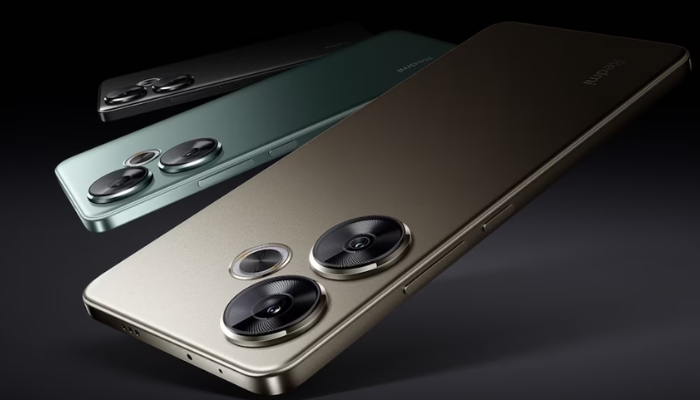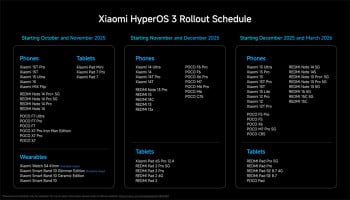
The Redmi Turbo 4 is set to launch in China in early 2025. The company has confirmed that it will be the first phone to be released with the newly launched MediaTek Dimensity 8400-Ultra processor. This makes it a significant addition to Redmi’s lineup, aiming to deliver powerful performance for mid-range smartphones.
According to a tipster, the Realme Neo 7 SE is expected to join the Realme Neo 7, which was launched in China earlier this month. Both phones are anticipated to offer significant performance upgrades, focusing on media-intensive and artificial intelligence (AI)-powered tasks.
Redmi Turbo 4 release date
Taking to Weibo, Redmi confirmed that its upcoming Turbo 4 smartphone is likely to be released in China by January 2025, powered by the MediaTek Dimensity 8400-Ultra chipset. The chipset is expected to provide enhanced performance, improved power efficiency, and advanced AI capabilities.
Reports suggest that the upcoming handset will feature a dual rear camera setup and a flat display with uniform, very slim bezels, offering a modern and sleek design. These design elements aim to provide a more immersive viewing experience while maintaining a slim and lightweight form factor.
Realme Neo 7 SE teased to launch soon
Realme teased the release of its latest smartphone with the recently launched MediaTek Dimensity 8400 chipset. However, the company has not disclosed the name of the rumoured phone. A credible analyst, Digital Chat Station, tipped its name, which could be the Realme Neo 7 SE.
The MediaTek Dimensity 8400 chipset sits above the Dimensity 8300 and features eight Arm Cortex-A725 cores, with a primary core clocked at 4.32GHz. It’s paired with the Arm Mali-G720 GPU, ensuring smooth graphics performance and efficient multitasking.
The MediaTek Imagiq 1080 ISP integrated into the Dimensity 8400 chipset is said to improve image processing and capture more light, offering better low-light photography. Smartphones powered by this flagship SoC are expected to support camera sensors up to 320MP, providing users with high-end camera capabilities.















